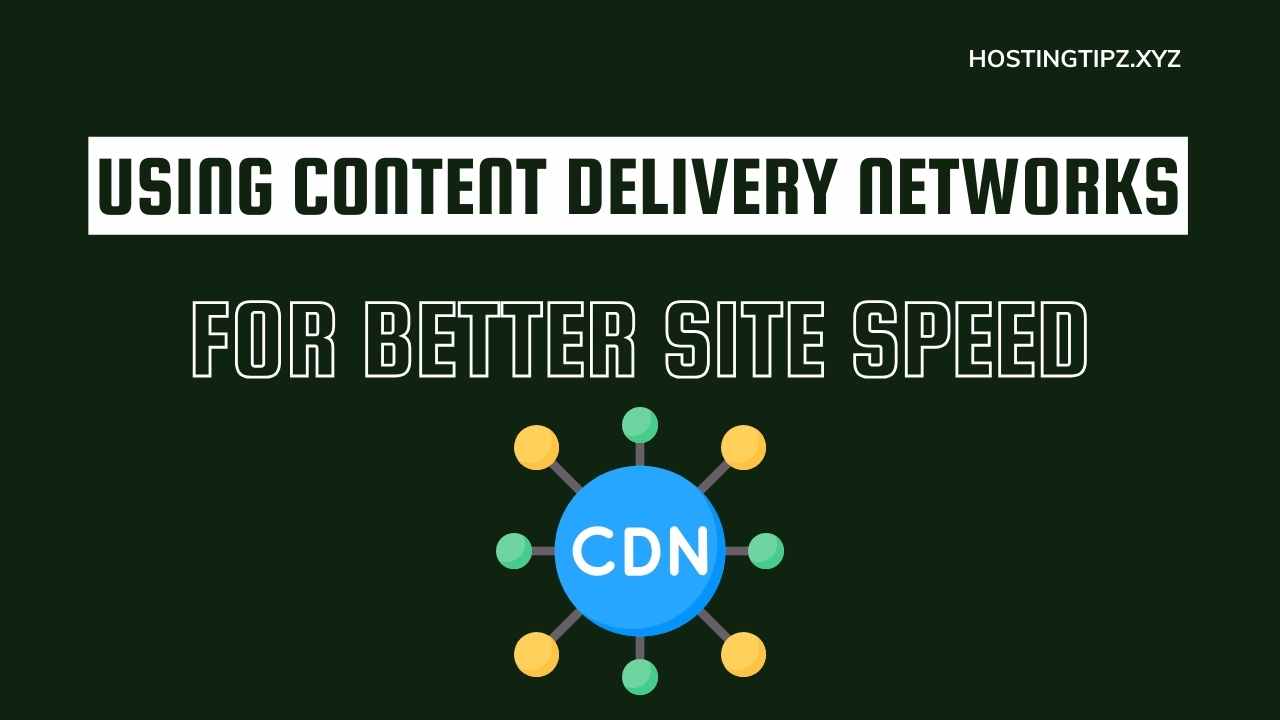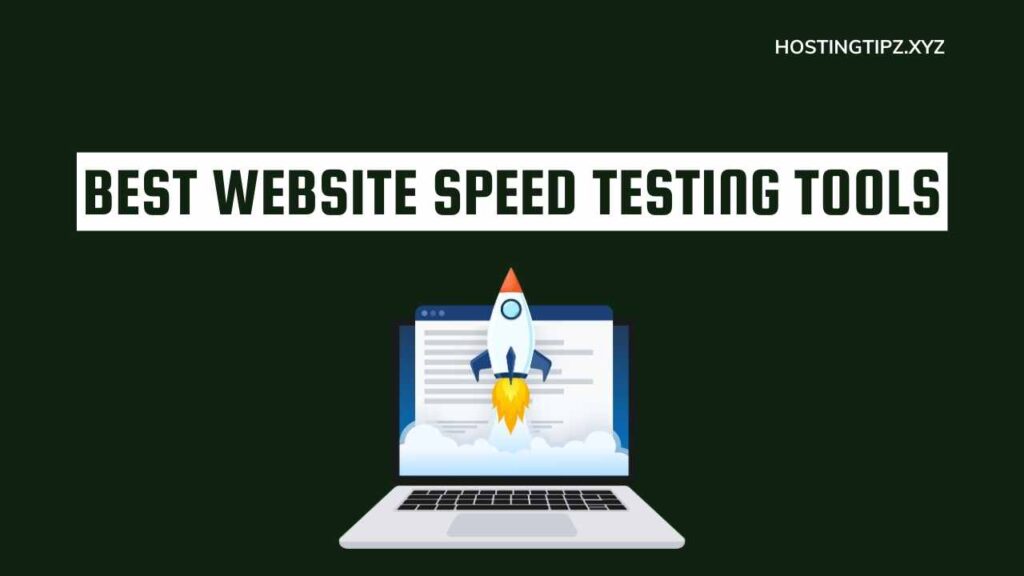In today’s digital age, website performance is paramount. The speed at which your website loads can significantly impact the user experience, search engine rankings, and ultimately, your online success.
One powerful tool that can help you turbocharge your website’s speed and reliability is a Content Delivery Network, commonly known as a CDN.
In this article, we’ll delve into the world of CDNs and explore how they can transform your website’s performance. By the end, you’ll have a clear understanding of what CDNs are and why they are crucial for optimizing your online presence.
Table of Contents
How CDNs Work
Content Delivery Networks, or CDNs, are intricate systems designed to accelerate the delivery of web content to users. They function by strategically distributing website data across a network of servers strategically positioned in various geographical locations. Here’s how they work:
When a user attempts to access your website, the CDN steps in as a dynamic intermediary between the user and your web server. Instead of the user’s request traveling directly to your origin server (where your website’s data is stored), it is redirected to the nearest CDN server.
Once the CDN server receives the request, it retrieves cached copies of your website’s static assets, such as images, CSS files, and JavaScript. Caching involves storing these assets temporarily on the CDN server, reducing the need for repeated requests to your origin server.
The CDN server then delivers these cached assets to the user’s browser, which results in faster load times. Since the CDN server is geographically closer to the user, the data travels a shorter distance, minimizing latency and enhancing site speed.
Furthermore, CDNs employ a technique called load balancing, ensuring that user requests are distributed evenly across multiple servers, preventing any single server from becoming overwhelmed and slowing down the site.
In summary, CDNs work by optimizing the routing of web content, reducing latency, and improving load times for users across the globe. They are a critical component for enhancing website performance and delivering a seamless user experience.
Benefits of Using CDNs
Content Delivery Networks (CDNs) offer a multitude of advantages for website owners and online businesses. Let’s explore some of the key benefits:
Improved Site Speed:
One of the most significant benefits of using a CDN is the substantial improvement in site speed. By strategically caching and delivering content from servers located closer to your website’s visitors, CDNs reduce latency and accelerate load times. This, in turn, enhances the user experience, decreases bounce rates, and can even boost your website’s search engine rankings.
Enhanced User Experience:
A faster website isn’t just about numbers; it directly impacts user satisfaction. CDNs contribute to a smoother browsing experience by ensuring that web pages load quickly and efficiently. Users are more likely to stay engaged, explore your content, and convert into customers or subscribers when they encounter a fast and responsive website.
Increased Website Reliability:
CDNs enhance website reliability by offering built-in redundancy. If one server encounters an issue, traffic is automatically redirected to other operational servers, ensuring uninterrupted service. This reliability is especially crucial for e-commerce websites, news platforms, and any online service that can’t afford downtime.
SEO Benefits:
Search engines, like Google, consider page speed as a ranking factor. A faster website can improve your SEO performance, potentially leading to higher search engine rankings and increased organic traffic. CDNs indirectly contribute to better SEO by delivering content quickly and reliably to search engine bots and users alike.
Choosing the Right CDN Provider
Selecting the appropriate CDN provider is a crucial decision that can profoundly affect your website’s performance. Here’s how to make an informed choice:
Factors to Consider When Selecting a CDN:
- Server Locations: Evaluate the provider’s server network to ensure it aligns with your target audience’s geographic locations. The more server locations, the better the coverage and performance.
- Performance: Look for CDNs with a proven track record of delivering fast and reliable service. Investigate performance metrics such as server response times and global reach.
- Pricing Structure: Understand the provider’s pricing model and how it aligns with your budget. Be aware of any additional fees for data transfers or other services.
- Security: Ensure the CDN offers robust security features, including DDoS protection and SSL support, to safeguard your website and user data.
- Scalability: Choose a CDN that can scale with your website’s needs. Your provider should accommodate traffic spikes without compromising performance.
Popular CDN Providers:
Several CDN providers have gained recognition for their reliability and performance. Some popular options include:
- Amazon CloudFront: Known for its scalability and integration with AWS services.
- Akamai: A global leader in content delivery services with a vast network of servers.
- Cloudflare: Offers a combination of CDN and security services, making it a popular choice for website owners.
- Fastly: Known for its real-time caching and low-latency performance.
- StackPath: Offers a wide range of services, including CDN, edge computing, and security solutions.
Leveraging a CDN can provide substantial benefits for your website, including improved speed, user experience, reliability, and SEO performance. To maximize these advantages, carefully consider the factors when choosing a CDN provider and select one that aligns with your specific needs and objectives.
Implementing CDNs on Your Website
Now that you understand the benefits of Content Delivery Networks (CDNs), it’s time to explore the process of integrating them into your website. Below is a step-by-step guide to help you implement CDNs effectively:
Step-by-Step Guide to Integrating a CDN:
Select a CDN Provider:
Begin by choosing a CDN provider that suits your needs and budget. Ensure they have server locations in regions relevant to your target audience.
Sign Up and Configure Your Account:
Create an account with your chosen CDN provider and configure your settings. This usually involves specifying your origin server (where your website’s content is hosted) and customizing caching rules.
DNS Configuration:
Update your Domain Name System (DNS) settings to point to the CDN provider’s servers. This step may involve changing your DNS records to include the CDN’s information. Consult your CDN provider’s documentation for specific instructions.
Content Integration:
Depending on the CDN provider, you may need to upload your website’s content to their servers. Alternatively, some CDNs automatically cache and distribute content from your origin server.
Testing:
Thoroughly test your website to ensure that all assets are being delivered through the CDN. Check for any broken links, missing files, or issues with dynamic content.
CDN Optimization:
Explore your CDN provider’s optimization settings. You can often fine-tune caching rules, enable compression, and configure security features.
Monitor Performance:
Regularly monitor your website’s performance using tools like Google PageSpeed Insights or Pingdom. Track loading times and user experience metrics to ensure that the CDN is delivering the expected improvements.
Content Purging and Invalidation:
Familiarize yourself with your CDN’s cache management tools. You may need to manually purge or invalidate cached content if you make significant updates to your website.
Security Settings:
Review and configure security features provided by your CDN, such as DDoS protection and SSL/TLS support, to safeguard your website from threats.
Scalability:
As your website grows, consult with your CDN provider to ensure your CDN configuration can handle increased traffic and demand. Consider their scalability options.
Cost Management:
Keep an eye on your CDN usage and associated costs. Adjust your plan or optimize settings if needed to stay within budget.
Testing and Monitoring Site Speed Improvements:
Continuous testing and monitoring are critical after implementing a CDN. Regularly check load times, performance, and user experience to ensure that the CDN is delivering the expected benefits. Use tools like WebPageTest, GTmetrix, or your CDN provider’s built-in analytics for insights.
In conclusion, integrating a CDN into your website can significantly enhance performance, improve the user experience, and boost your online presence. By following this step-by-step guide and staying vigilant in monitoring your website’s performance, you can harness the full potential of a Content Delivery Network and ensure that your website runs efficiently and reliably.
Best Practices for CDN Usage
To maximize the benefits of a Content Delivery Network (CDN) and ensure smooth operation, it’s essential to follow these best practices:
Optimizing CDN Settings:
Cache Management: Fine-tune caching rules to determine which content should be cached and for how long. Ensure dynamic content is appropriately handled.
Compression: Enable content compression to reduce file sizes, improving load times and saving bandwidth.
HTTP/2 and HTTPS: Utilize the latest protocols for secure, faster connections. Enable HTTPS for data encryption and security.
Handling Dynamic Content:
Dynamic Content Caching: Configure your CDN to cache dynamic content intelligently. This can include personalized content for logged-in users.
Edge Computing: Leverage CDN edge computing capabilities for serverless computing and handling dynamic requests closer to the user.
Bypass or Purge: Implement mechanisms to bypass the CDN for specific content that shouldn’t be cached or to purge outdated content promptly.
Security Considerations:
DDoS Protection: Ensure your CDN offers robust DDoS protection to safeguard against distributed denial-of-service attacks.
Web Application Firewall (WAF): Implement a WAF through your CDN to filter out malicious traffic and protect your website from threats.
Access Control: Restrict access to your CDN resources, allowing only trusted sources to retrieve content.
Bot Protection: Use your CDN to detect and mitigate malicious bot traffic that can consume bandwidth and resources.
By adhering to these best practices, you can harness the full potential of your CDN while maintaining security and optimizing performance.
Conclusion
In an era where online presence is paramount, site speed is the cornerstone of success. Content Delivery Networks (CDNs) have emerged as indispensable tools for website optimization, offering faster load times, improved user experiences, and enhanced reliability.
Through the strategic distribution of content across a network of servers, CDNs bridge the gap between your website and users, minimizing latency and delivering content with efficiency.
Choosing the right CDN provider, integrating it into your website, and following best practices can lead to substantial improvements in performance and security. CDNs not only accelerate your website but also enhance its resilience against traffic spikes and threats.
In the competitive online landscape, where every second counts, CDNs are not just an option; they are a necessity. By implementing CDNs wisely and staying vigilant in their management, you can ensure that your website not only meets but exceeds user expectations, ultimately driving your online success to new heights.



